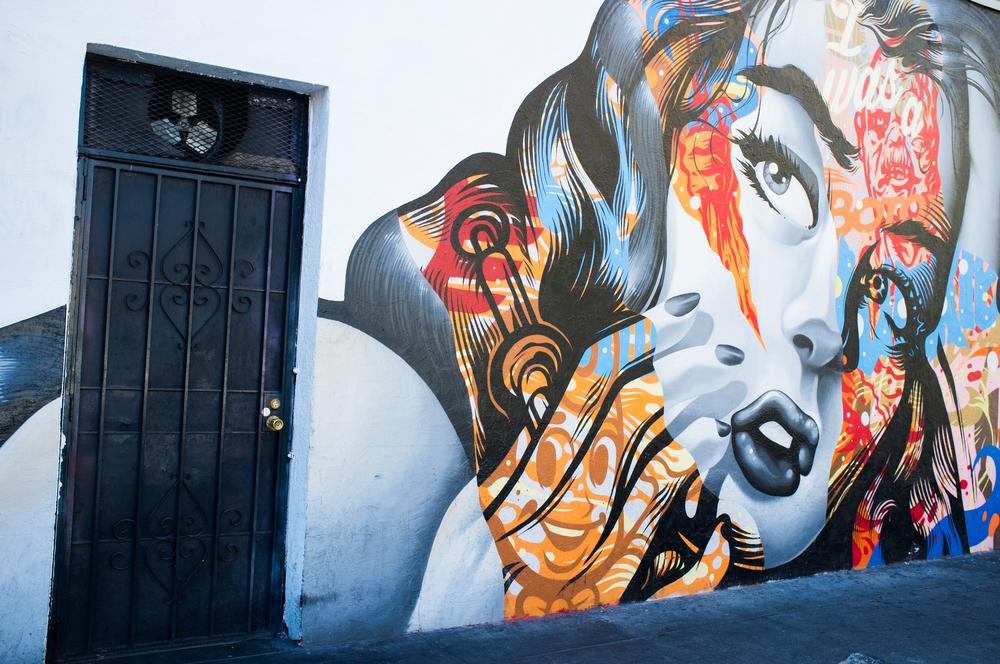Street art is an expressive form of artistic expression that has captivated audiences worldwide. From elaborate murals on city walls to intricate graffiti tags on urban surfaces, street art has evolved into a powerful medium for artists to convey their messages to the public. In this article, we will delve deep into the history and evolution of street art, exploring its roots, the key figures who pioneered the movement, and its impact on contemporary society. Join us on this artistic journey as we uncover the fascinating world of street art.
The Origins of Street Art
Street art has its roots in ancient times, with cave paintings and rock art being the precursors to this modern movement. These early forms of artistic expression demonstrated humanity’s innate desire to leave its mark and communicate visually. Over time, this desire found its way onto the streets, where walls became canvases for self-expression.
Early Influences and Inspiration
Various art movements throughout history have influenced the development of street art. From the abstract expressionism of the mid-20th century to the Pop Art movement of the 1960s, artists found inspiration in these diverse artistic styles and incorporated them into their urban creations.
The Rise of Graffiti Culture
Graffiti played a pivotal role in the evolution of street art. Emerging in the 1970s, graffiti became a means of self-expression for marginalized communities, especially in urban environments. Tags, throw-ups, and elaborate pieces became the language of the streets, with artists leaving their mark on subway cars and walls, gaining recognition within their communities.
The Street Art Revolution
In the 1980s, street art experienced a revolution as artists began moving beyond traditional graffiti and exploring new techniques and styles. Stencil art, wheat pasting, and installations emerged as popular forms of expression, allowing artists to convey their messages in more accessible ways.
Political and Social Commentary
Street art has always been a powerful platform for political and social commentary. Artists use their work to raise awareness about important issues, challenge societal norms, and give voice to the voiceless. Through powerful imagery and thought-provoking messages, street art sparks conversations and fosters dialogue within communities.
Street Art Techniques and Styles
Street art encompasses a wide range of techniques and styles. From the photorealistic murals of Eduardo Kobra to the abstract geometric patterns of Futura, each artist brings a unique approach to the streets. Techniques such as stencilling, wheat pasting, and 3D installations further contribute to the diversity and creativity of street art.
The Impact of Street Art on Society
Street art has a profound impact on society. It transforms public spaces, making art accessible to everyone, regardless of their background or socioeconomic status. Street art revitalizes neighbourhoods, stimulates tourism, and fosters a sense of community pride. It challenges traditional notions of art and encourages people to engage with their surroundings in new and exciting ways.
Street Art vs. Vandalism
The distinction between street art and vandalism has long been debated. While some view street art as a form of creative expression that enhances public spaces, others consider it an act of vandalism and illegal defacement of property. This ongoing debate raises questions about the role of art in public spaces and the boundaries of artistic freedom.
Street Art as a Means of Activism
Street art has emerged as a powerful tool for activism. Artists use their work to shed light on social injustices, advocate for human rights, and challenge oppressive systems. Street art encourages collective action and inspires positive change within communities by bringing attention to these pressing issues.
Famous Street Artists
The world of street art is filled with talented and influential artists. Banksy, known for his anonymity and thought-provoking works, has gained global recognition for his politically charged stencils. Other notable artists include Shepard Fairey, known for his iconic “Hope” poster, and Os Gemeos, renowned for their vibrant and whimsical murals.
The Global Recognition of Street Art
Street art has transcended geographical boundaries and gained recognition on a global scale. Festivals, exhibitions, and dedicated street art museums have emerged worldwide, celebrating the creativity and cultural significance of this art form. Cities like Berlin, London, and New York have become hotspots for street art enthusiasts, attracting visitors from all corners of the globe.
Street Art in Contemporary Culture
Street art has permeated various aspects of contemporary culture. It has influenced fashion, design, advertising, and even gallery art. Brands collaborate with street artists to create captivating campaigns, while galleries exhibit street art as a legitimate and valuable art form. Street art has become an integral part of the cultural fabric of many cities.
The Influence of Street Art on Other Art Forms
Street art has had a significant influence on other art forms, inspiring artists across different mediums. Elements of street art can be found in contemporary paintings, sculptures, and even digital art. This cross-pollination of artistic styles and techniques continues to push the boundaries of creativity and expand the definition of art.
The Future of Street Art
The future of street art is bright and full of possibilities. As the movement continues to evolve, artists are exploring new technologies, experimenting with augmented reality and interactive installations. Street art will continue to challenge conventions, provoke thought, and create dialogues, shaping the artistic landscape for generations to come.
Conclusion
Uncovering the history and evolution of street art reveals a rich tapestry of artistic expression, cultural significance, and social impact. From its humble beginnings to its global recognition, street art has transcended traditional boundaries and continues to inspire and challenge audiences worldwide. As we embrace the vibrant world of street art, let us appreciate the creativity, messages, and the power of art to shape our society








